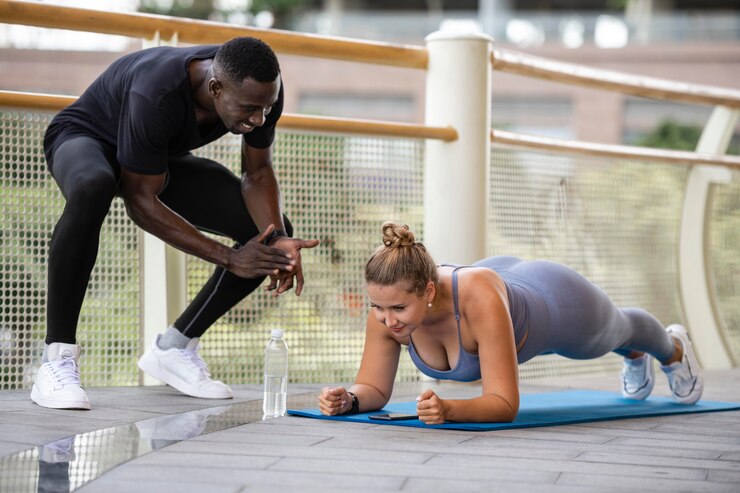Couldn’t any exercise be “functional”? While all exercises are beneficial, functional exercises replicate the movements we perform every day, in order to strengthen the muscles we engage to perform them. If you think about every motion you execute daily, then find exercises which utilize the muscles necessary for those motions, you will be joining the “functional fitness” craze. Athletes of all kinds work generally on their fitness, but specifically incorporate movements which simulate the kind of sport they participate in.
Here’re some suggested exercises to incorporate the muscles you need to perform these motions.
Getting out of bed
Sit-ups will roll you up into a safe position. Hip flexor stretches will help replicate swinging your legs to the side of the bed. Of course, a cup of coffee by your bedside would assist with every other step in your day.
Standing up from your bed, a chair, a piano bench
Squats will prepare your knees and toes and feet and hips for all the actions required.
Reaching up to get a fresh linen/ Loading luggage in an overhead compartment
Overhead presses with light dumbbells to start, and eventually, a barbell, will help you stabilize your core and strengthen your arms and shoulders, to prevent injury with these common yet laborious tasks.
Pulling a sweater over your head
Lat pull-downs from a machine, or by employing a resistance band, will help with the motion for this. Your shoulders, core, and arms will be fully engaged. This movement is not a simple one. If you strengthen your latissimus dorsi muscles, and keep your stretching consistent, you won’t have to resort to wearing only cardigans.
Climbing up and down stairs
You can literally practice this by doing it, but add to the difficulty by carrying weights.
Lifting a heavy object from the floor
Learning to do a deadlift accurately, by bracing your core and slowly lifting weights, cannot be underestimated. We all do this, in some way, every day.
Pushing a wagon
Push-ups with your bodyweight will help with this motion and counteract pulling motions you perform. You always want to work the front and back of your body to equalize your powers.
Carrying groceries home/Carrying luggage through an airport
Carrying a weight across the room is a version of a farmer’s walk, an exercise you can perform with one or two weights. This exercise will also help you with your balance, and your posture. As people age, this ability is paramount, as balance will help prevent falls and consequential injuries. Start light, then progress to heavier ones. It is more challenging to carry a heavy weight in only one hand, as you must totally engage your core to keep your posture upright. For this functional exercise, you will be utilizing your arms, core, hands, and shoulders. Is it no wonder that someone came up with the notion of wheels on suitcases?
Many of these motions utilize several of your muscles at the same time. Functional training trains those muscles to work together, cohesively. Compound exercises like squats will replicate the way a body moves going up and down from a chair, as opposed to a bicep curl, which does not mimic any specific motion you might do in a day.
Functional exercise routines should incorporate movements in all planes. You should be moving forwards as well as backwards, and you should incorporate motions which take you from side to side, as well as up and down! A few rotational exercises are key, as well. It is not only necessary to prepare your body for the motions you know you do, but for the ones which you never even dream of incorporating, such as getting up from stumbling over an ottoman. If you have prepared every muscle for every potential motion, should you happen to trip, and find yourself in an unexpected position, chances are you’ll be less injured, as a result of the preparation.
With compound movements, muscles adapt to motions, weight-loading, and physical stress. Underdeveloped muscles are a major culprit of poor posture. When a piece of your body is weak or injured, other portions kick in, to compensate, in order to avoid excessive pain.
Functional training helps organize all sides of your muscle groups to build a more cohesive base structure from which to move. Like a bionic man or woman.
Cheryl Struzer | Contributor










